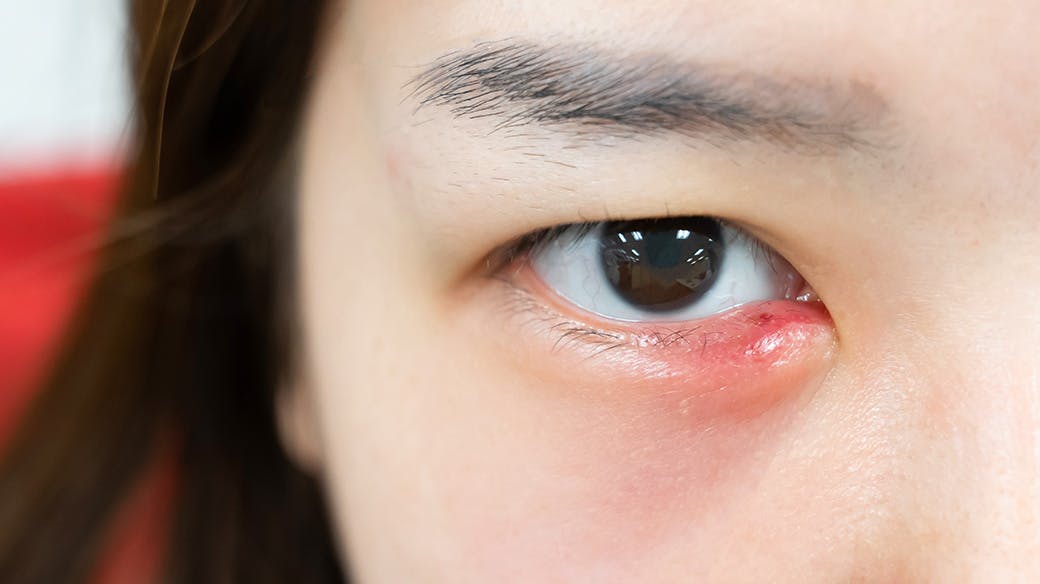Styes can easily occur in people of all genders and ages as they are generally caused by accidentally letting dirt into the eye. The way that usually happens is by accidentally touching your eye with unclean hands, not removing your makeup thoroughly or through contact lens use. If you do develop a stye, there’s no need to worry because they are easily treated and you can do it yourself. So, here’s more about styes and what to do if you get one.
More about styes
Styes are inflammations at the edge of the eyelid caused by Staphylococcus Aureus bacteria. Besides the abovementioned, causes include existing eyelid inflammation, having a history of styes or having an irregular immune system as a side-effect of being sick with certain diseases such as diabetes and others.
Types of styes
Styes can be divided into two types according to the area they infect:
1. External styes are those with a visible head, an inflamed blister that occurs around the sebaceous glands in the eye follicles outside the edge of the eyelid. Such inflamed blisters are usually large and clearly noticeable.
2. Internal styes are headless as the inflammation blister forms inside the eyelid around the meibomian gland that produces sebum, a component of the moisture that covers the eyes and tears. When the blister is inflamed inside, the only thing visibly noticeable is a bulge or swelling around the eyelid.
Symptoms of styes
Both types of styes have similar initial symptoms, namely, pain or itching in the eyelids or both together. This is followed by pain, swelling, redness and clear indication of blistering either in the form of an abscess or pustules, depending on the severity of the inflammation.
How to treat a stye yourself
Everyone can treat styes by themselves. In most cases, swelling of the abscess or pustules develops for 4-5 days and goes away on its own. Basic advice for sufferers is to compress the eyelid area with a warm washcloth for 5-10 minutes 3-5 times a day, wash your hands regularly, avoid touching the stye area, and refrain from squeezing or draining the pus.
If you follow this course and the symptoms don’t subside, you should see an ophthalmologist to receive individual diagnosis and treatment. It may be an inflammatory stye that is too severe to heal on its own. In some cases, to help the patient heal and recover faster, it is necessary to take antibiotics and puncture the stye to drain the pus and reduce the inflammation.
So styes are not as dangerous as you might think once you know how to cope with one and when to see a doctor. However, we should always be careful when rubbing our eyes or putting in or removing contact lenses by washing our hands first every time and also be sure to remove makeup thoroughly.
Customers of Krungthai-AXA Life Insurance can consult a doctor online via Krungthai-AXA Telehealth service on the Emma by AXA application. For more information, please visit https://www.krungthai-axa.co.th/th/health-services/telehealth.
References
· Petcharavej Hospital
https://bit.ly/3wHKKy1
· Corporate Communication, Faculty of Medicine, Ramathibodi Hospital
https://bit.ly/3eatkDC
· Sikarin Hospital
https://bit.ly/3wHYjNU
· Pobpad website
https://bit.ly/3qgtvjT


